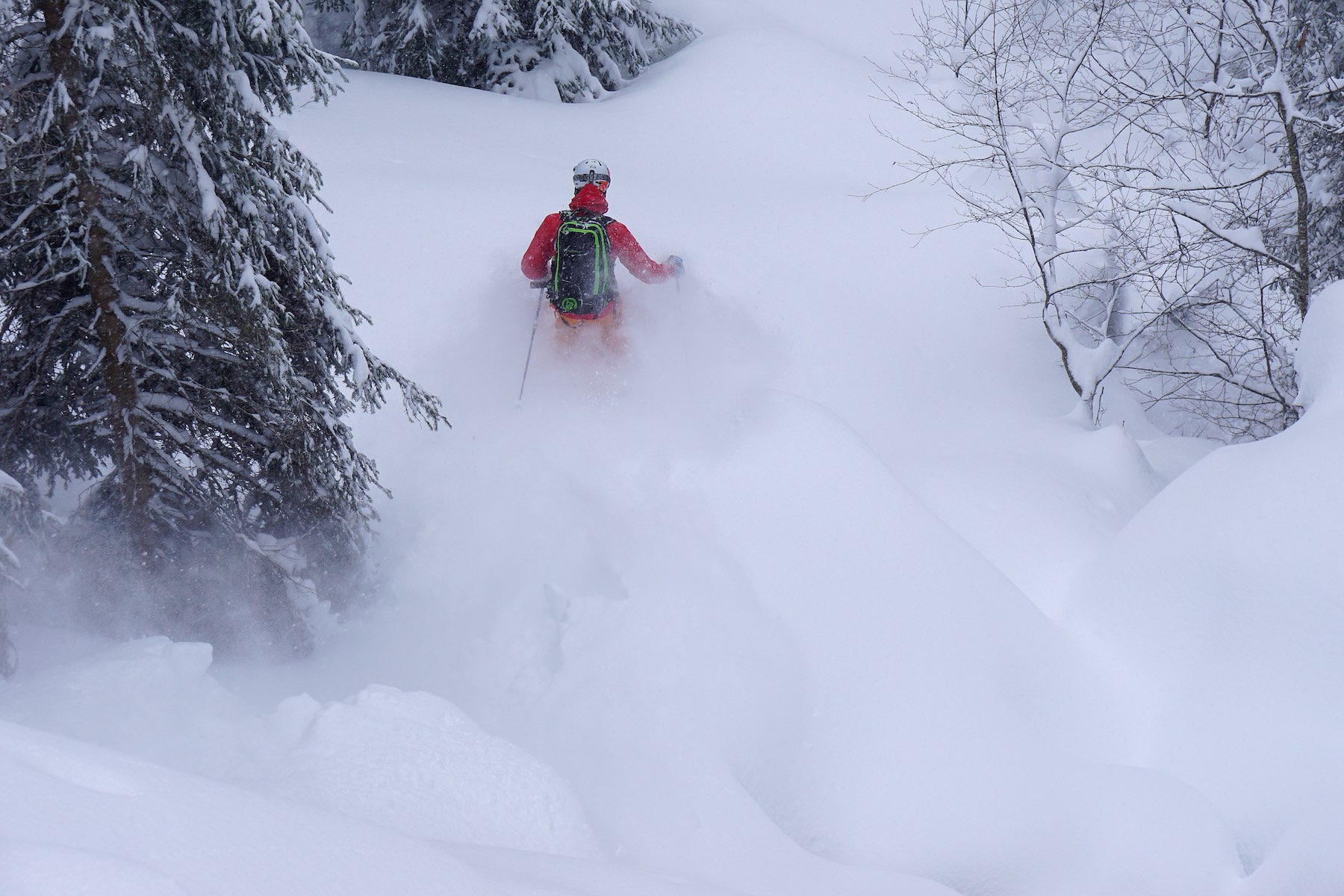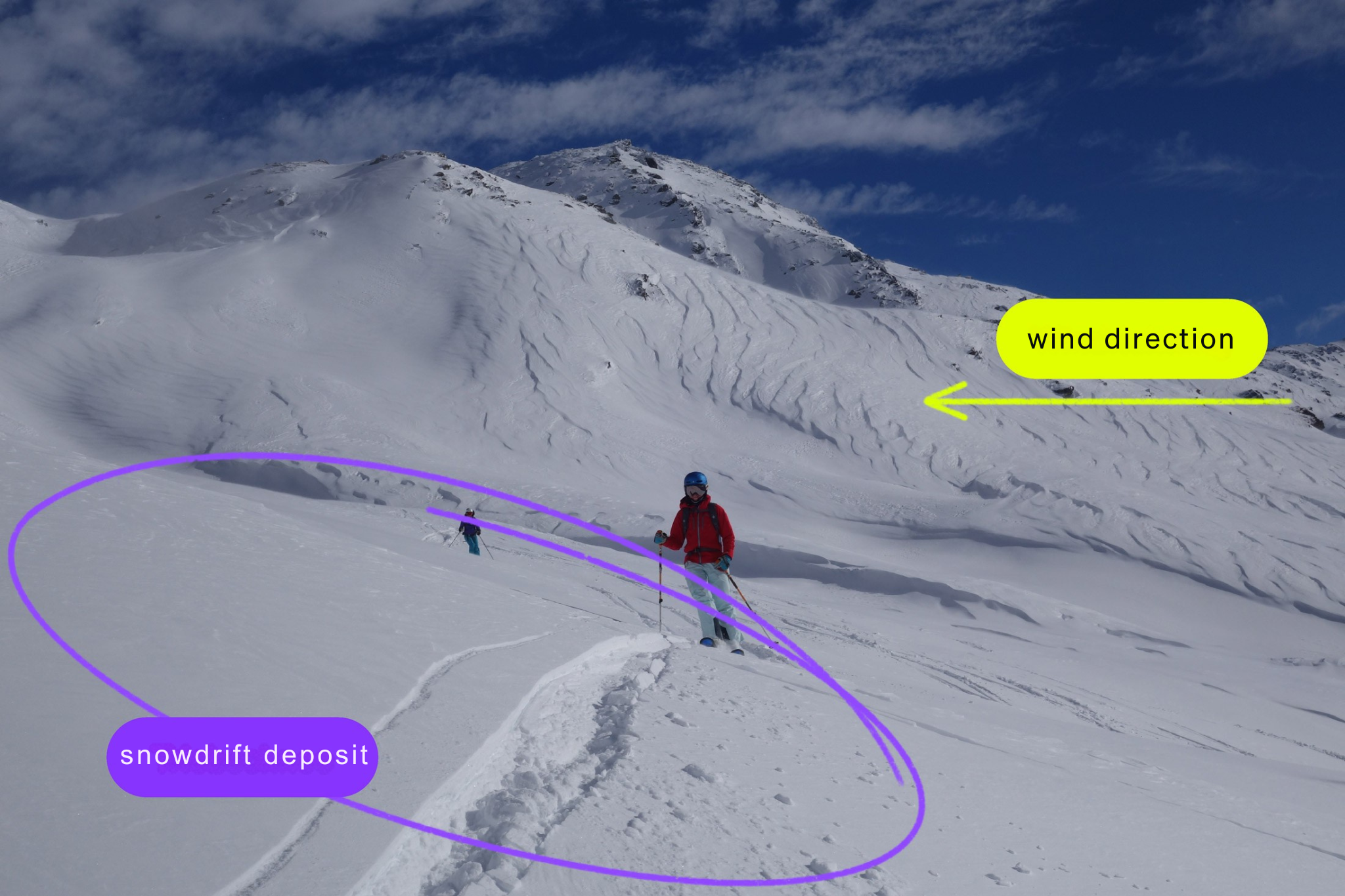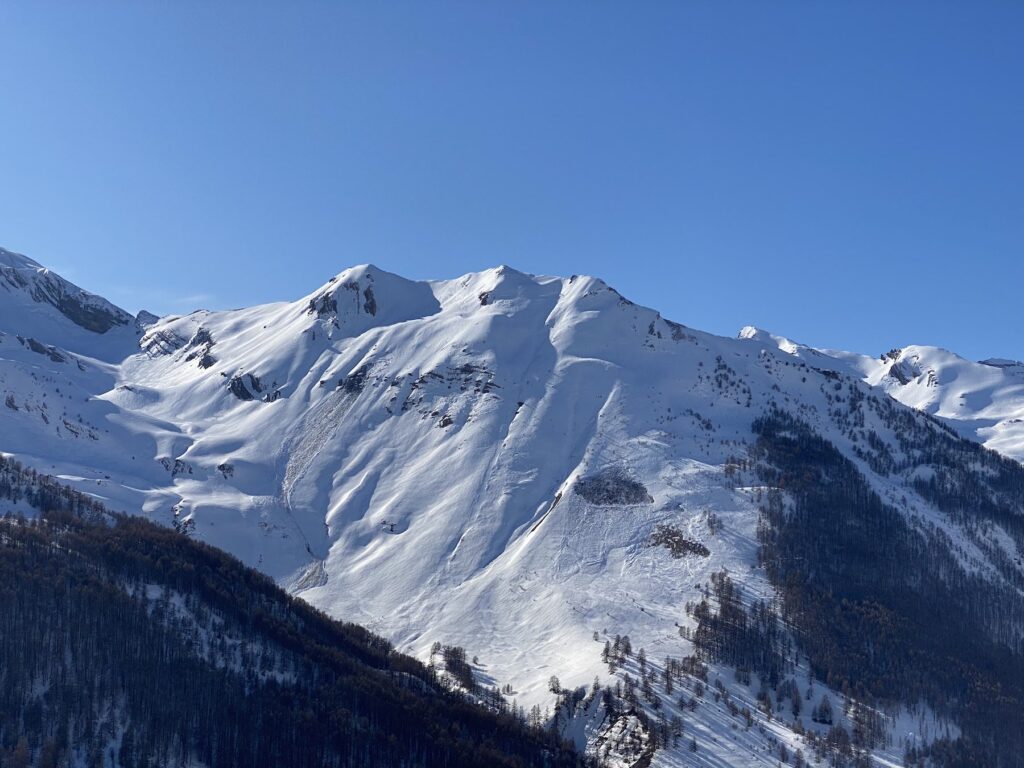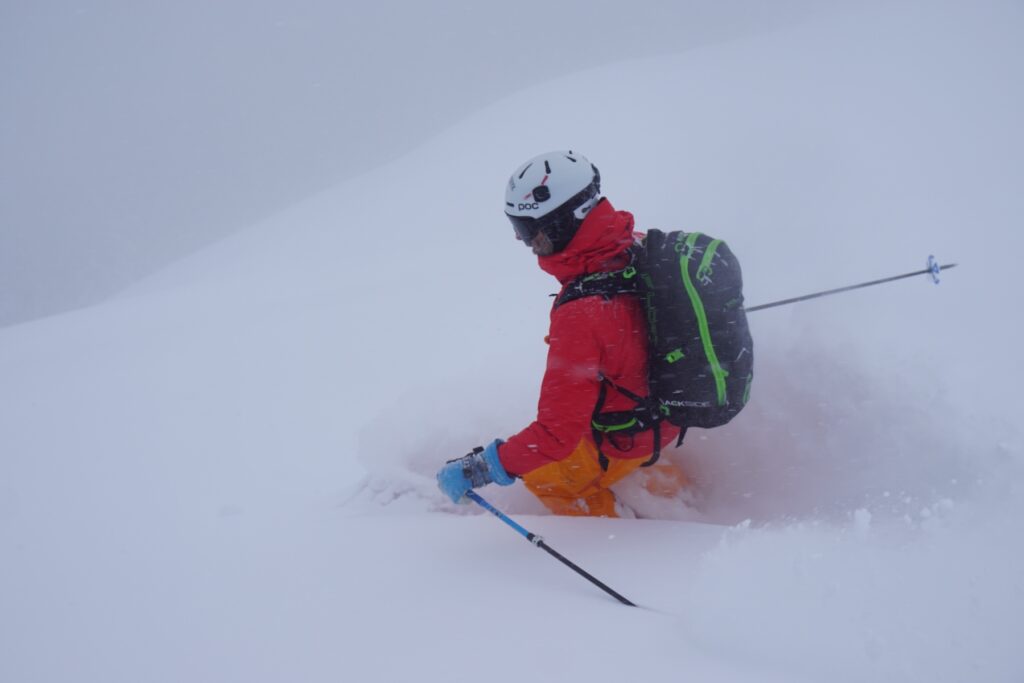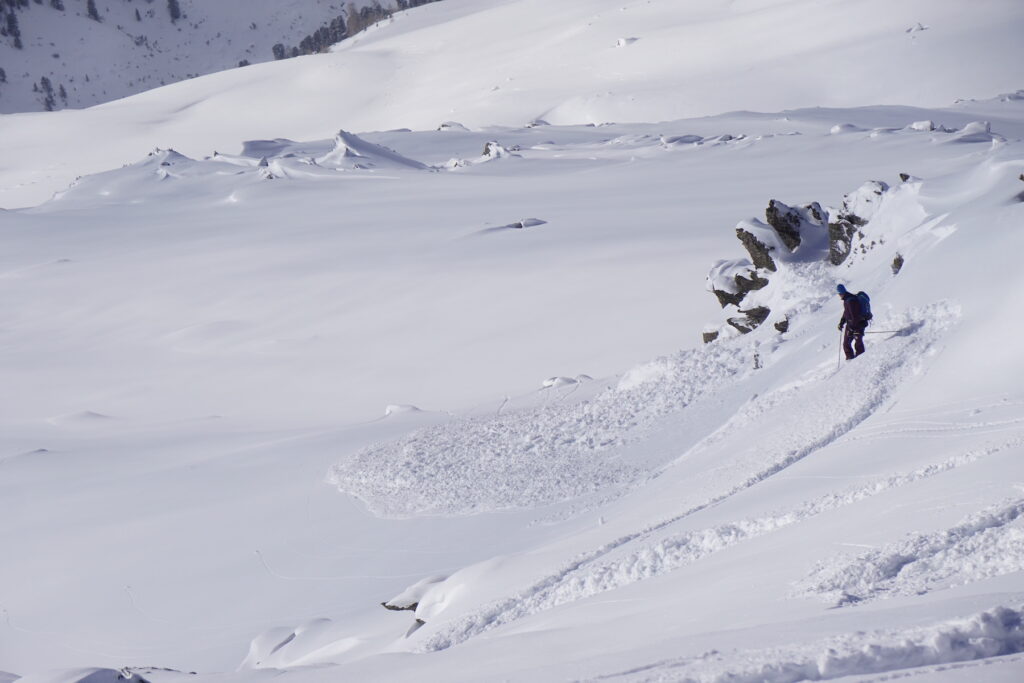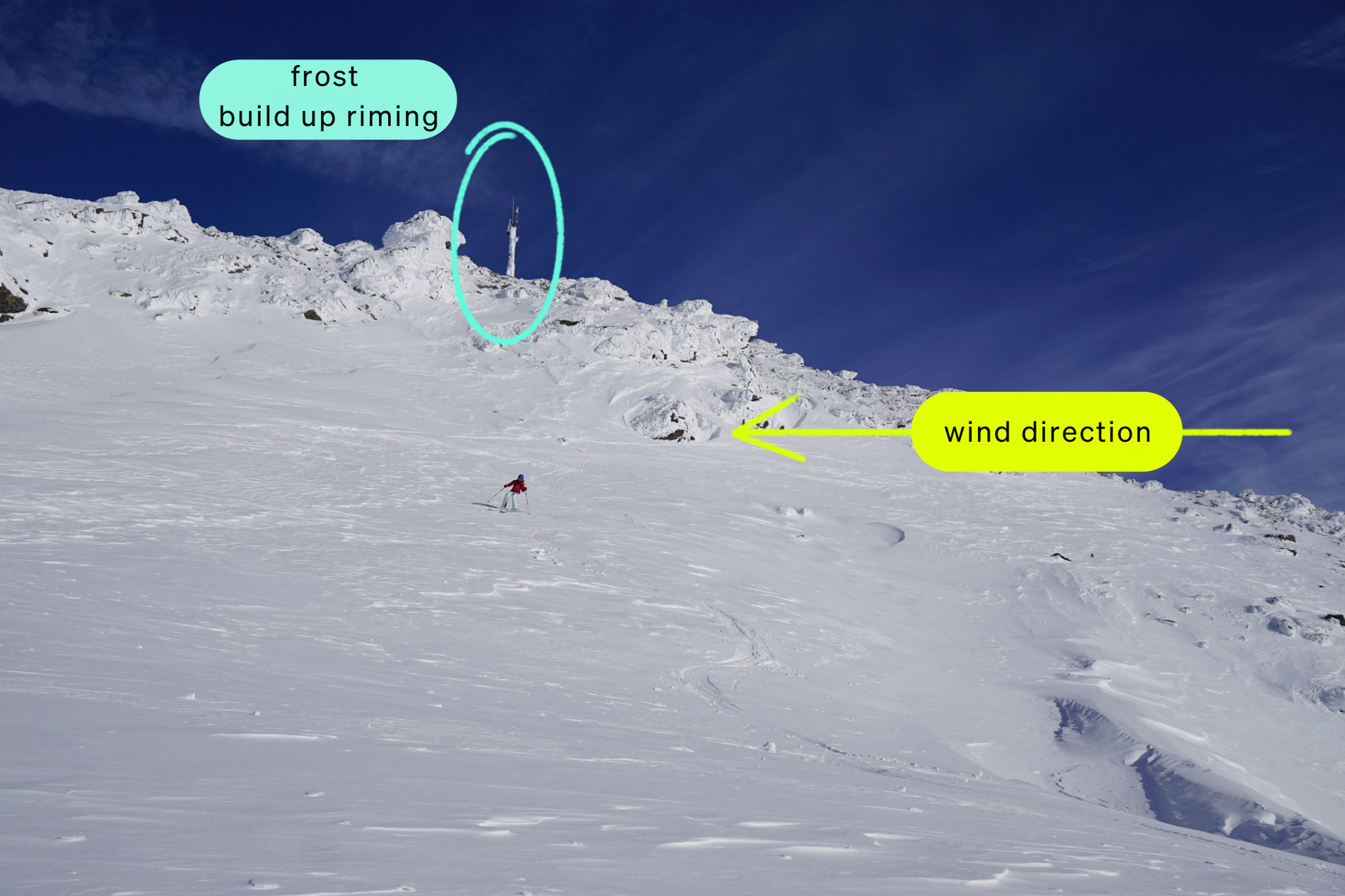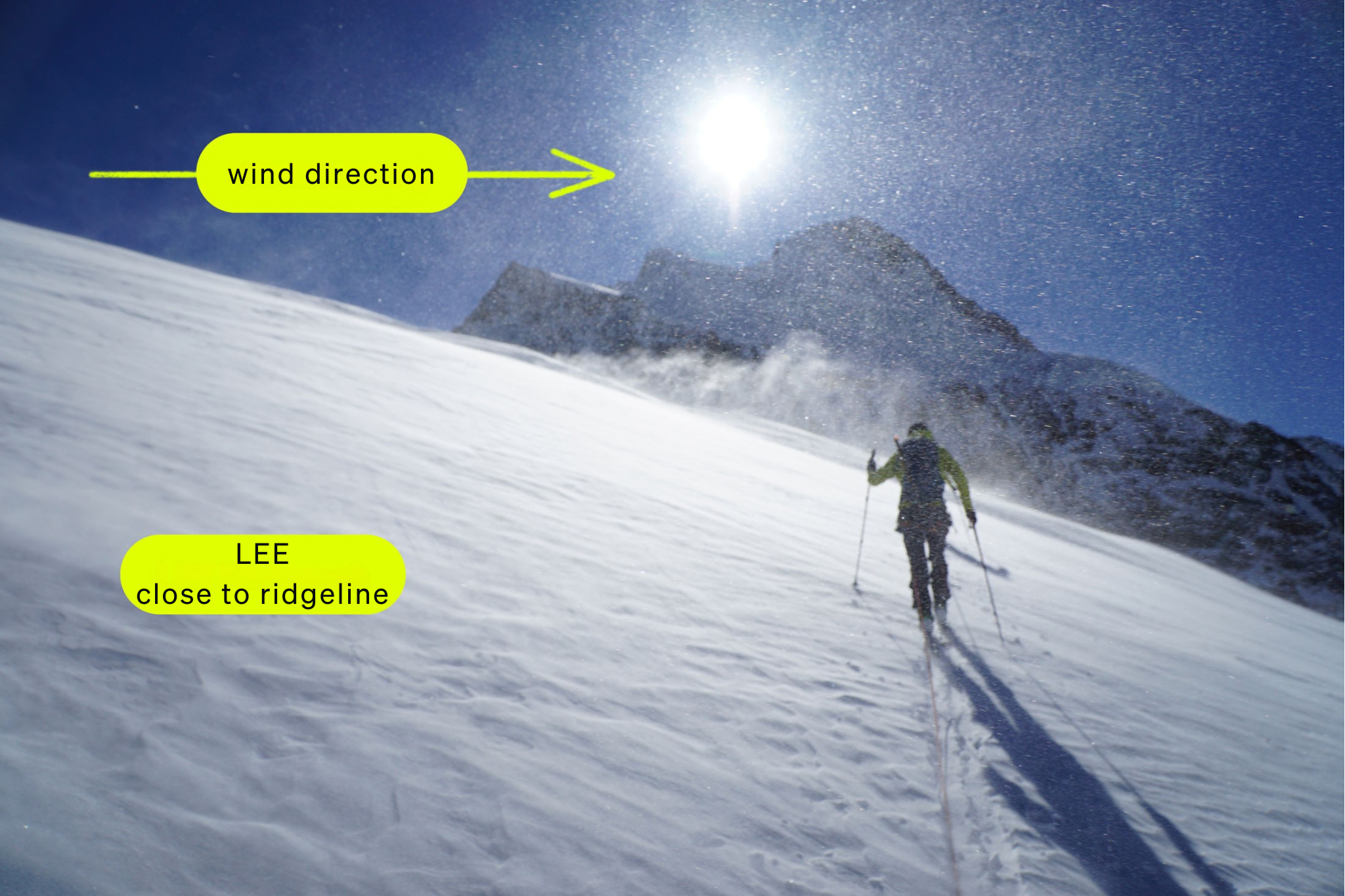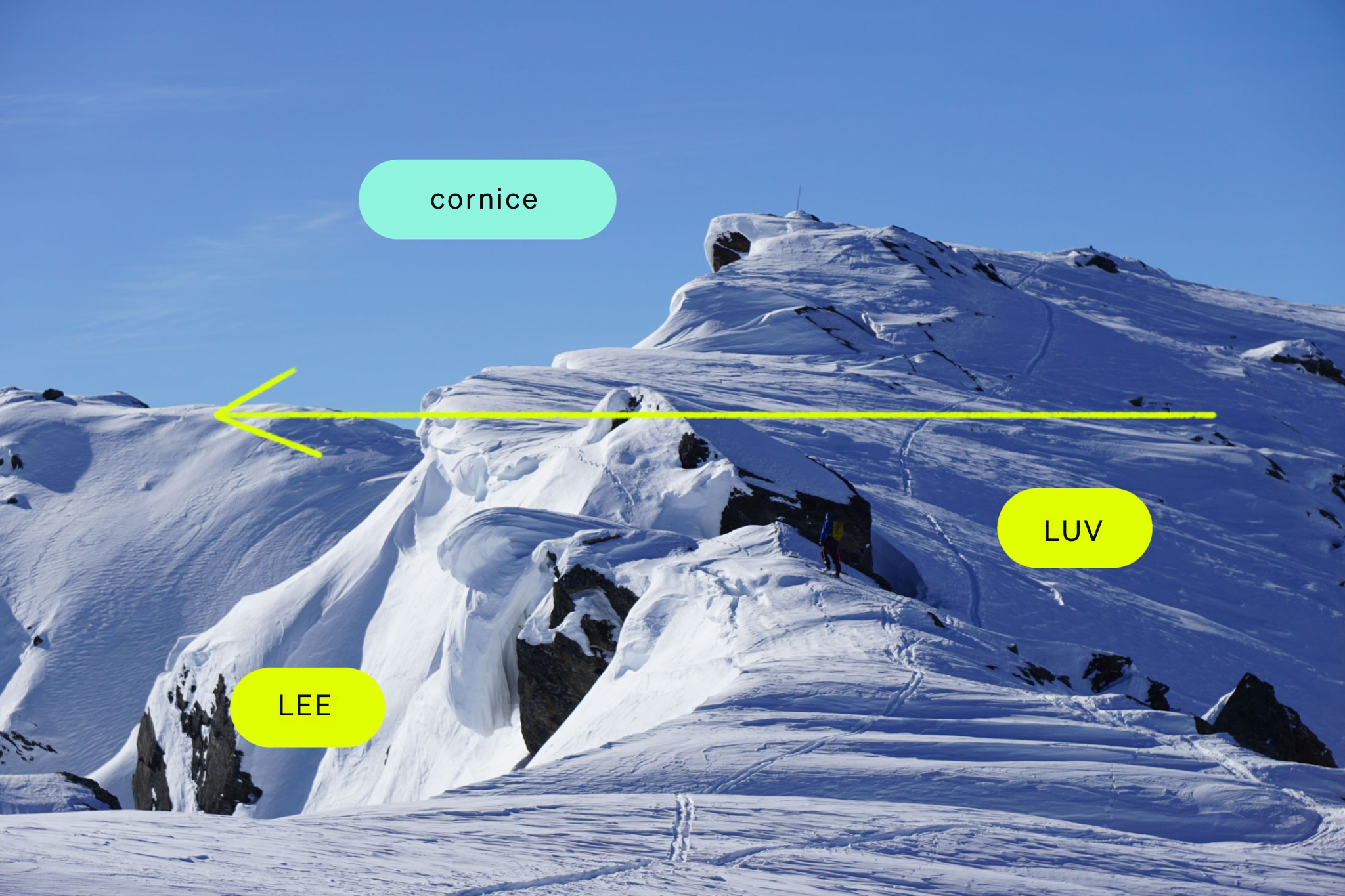Danger and Warning Signs
16.07.2025
Emergencies and accidents rarely happen out of the blue without any warning. Of course, sometimes you can be unlucky and simply be in the wrong place at the wrong time. But when it comes to avalanche danger, the weather forecast and group dynamics, there are almost always warning signs that need to be recognized and evaluated in order to make the right decisions.
